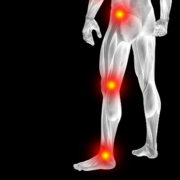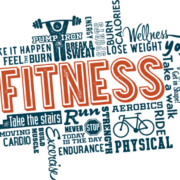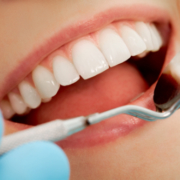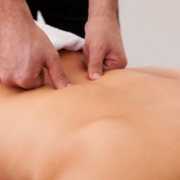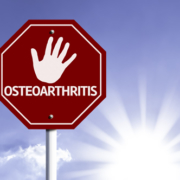3 Tips To Alleviate Back Pain While Driving
When you spend a lot of time behind the wheel, whether you are going on a long trip or your job requires you to drive around town all day, it can be a real pain – in the back. Many car seats may be comfortable for short jaunts, but they are not built to support the back on the long hauls. However, there are some things that you can do to offset a non-back friendly seat design and alleviate, or even prevent, back pain while driving.
Create a Comfortable Space
Before you settle in behind the wheel, you want to make sure that you are comfortable. Keeping things like your wallet and cellphone in your pocket may be convenient when you are moving about, but can be an irritant when you are basically sitting on them mile after mile. Wear comfortable clothing and shoes. Any type of discomfort can put stress on your body so even if it is not necessarily pain related, it can exacerbate pain as your body’s sensitivity heightens in response to the stress.
Adjust your seat so that you are comfortable, but sitting fairly upright. If you recline, it could put stress on your neck and upper back, causing pain. Your seat should also be high enough so that you can place your feet flat on the floor – at least for a while (you can do this while driving if you have cruise control). There should be a slight bend in your elbows as you reach for the steering wheel and you should not have to stretch to reach the pedals. Make sure that your mirrors are adjusted so that you don’t have to bend or crane your neck to get good visibility.
Put Together a Healthy Back Kit
Bring along some things to help keep your back comfortable and pain free – even if you’ve never experienced back pain while driving. There is always a first time. Some of the items you might want to bring along include:
- A towel that you can roll up and place behind the small of your back
- A lumbar support pillow
- A cold or hot pack
- Something for pain relief
- A cushion for your car seat to absorb the vibration
- Water (so you can stay hydrated)
- Essential Oil like lavender or peppermint (put a few drops in a carrier oil and apply to the sore areas)
Take Breaks and Move a Little
Driving straight through without any breaks is never a good idea. In fact, it can make you more tired, stiff and sore – and less alert on the road. Instead, take breaks to get out of the car, walk around, and stretch. When you move, you stimulate your circulation which brings oxygen and vital nutrients to your muscles. You’ll feel better, be more alert, and will be less likely to experience back pain.
Stopping every hour or so will help considerably with alleviating back pain. It doesn’t have to be a big production, just walk around for a few minutes, stretch your neck, shoulders, and back, then get back on the road. In between stops you can move your ankles up and down or rotate them to increase circulation to the lower leg. You should also adjust your position or your seat about every 20 minutes. Even these slight movements can help keep the blood flowing which will prevent your muscles from getting stiff and sore.
Regular chiropractic care as well as a consistent exercise routine can help prevent back pain in many situations, including while driving. Your chiropractor can also recommend some back strengthening exercises and stretches that will help make your spine even healthier.
Give our clinic a call at (780)455-2112 to schedule your assessment today! Visit www.ocwc.ca to learn more about our clinic and doctors!



